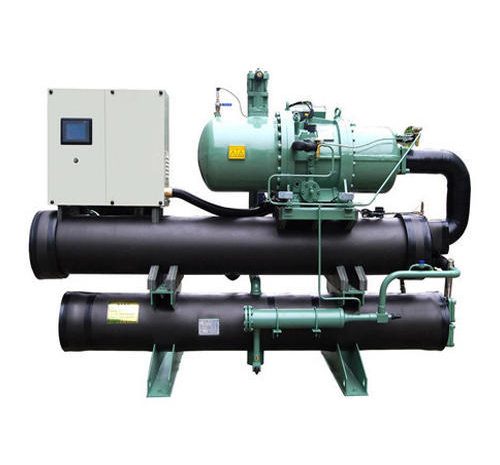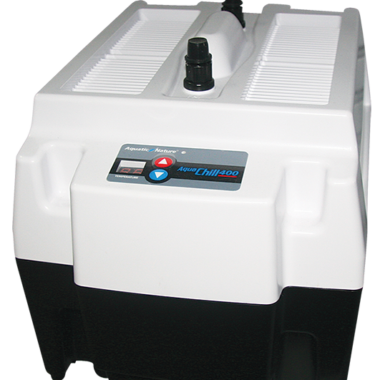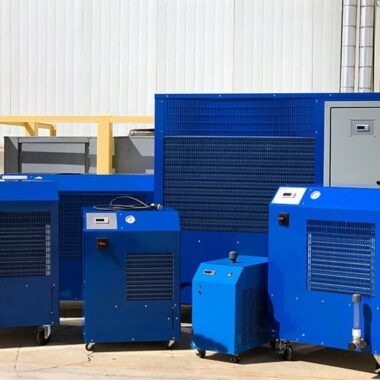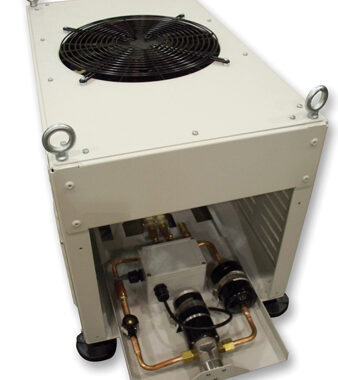Anodizing and Plating Chiller
Anodizing and Plating Chiller
Anodizing and plating are surface treatment forms used in metalworking businesses for improving the properties of metal parts. Whereas these forms are not ordinarily connected specifically to chillers, they may be used for components or parts inside a chiller system, such as heat exchangers or channeling, to improve their corrosion resistance, solidness, and appearance. Here’s an overview of anodizing and plating chiller forms and their potential applications in chiller systems:
Anodizing:
- Anodizing is an electrochemical handle that creates a protective oxide layer on the surface of a metal, ordinarily aluminum. The metal portion acts as the anode (positive electrode) in an electrolyte arrangement, whereas a cathode (negative electrode) completes the electrical circuit.
- During anodizing, an electric current is passed through the electrolyte, causing oxygen particles to respond with the metal surface, forming a thick, durable oxide layer called an anodic coating. This coating gives corrosion resistance, improved surface hardness, and improved aesthetic appearance.
- Anodized aluminum parts are commonly used in chiller systems for components such as heat exchangers, balances, and housings, where corrosion resistance and strength are fundamental. The anodized surface makes a difference secure against corrosion from presentation to water, chemicals, and natural variables, prolonging the lifespan of the components.
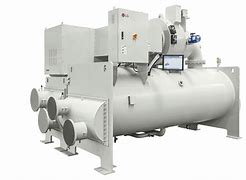
Plating:
- Plating, also known as electroplating, may be a process of storing a thin layer of metal onto the surface of a substrate fabric utilizing electrolysis. The substrate fabric, typically a metal or plastic, acts as the cathode (negative electrode), whereas the metal to be plated serves as the anode (positive electrode) in an electrolyte arrangement.
- During plating, an electric current is passed through the electrolyte, causing metal ions from the anode to be deposited onto the substrate surface, forming a uniform metal coating. Common metals utilized for plating incorporate chromium, nickel, copper, and gold.
- Plating can improve the appearance, corrosion resistance, wear resistance, and conductivity of metal parts. Whereas not commonly utilized straightforwardly on chiller components, plated parts may be found in auxiliary equipment or extras, such as fittings, valves, or fasteners, within a chiller system.
In summary, whereas anodizing and plating processes are not directly connected to chillers themselves, they may be utilized for particular components or parts inside chiller systems to improve their performance, strength, and appearance, especially in applications where corrosion resistance and aesthetic considerations are important.


